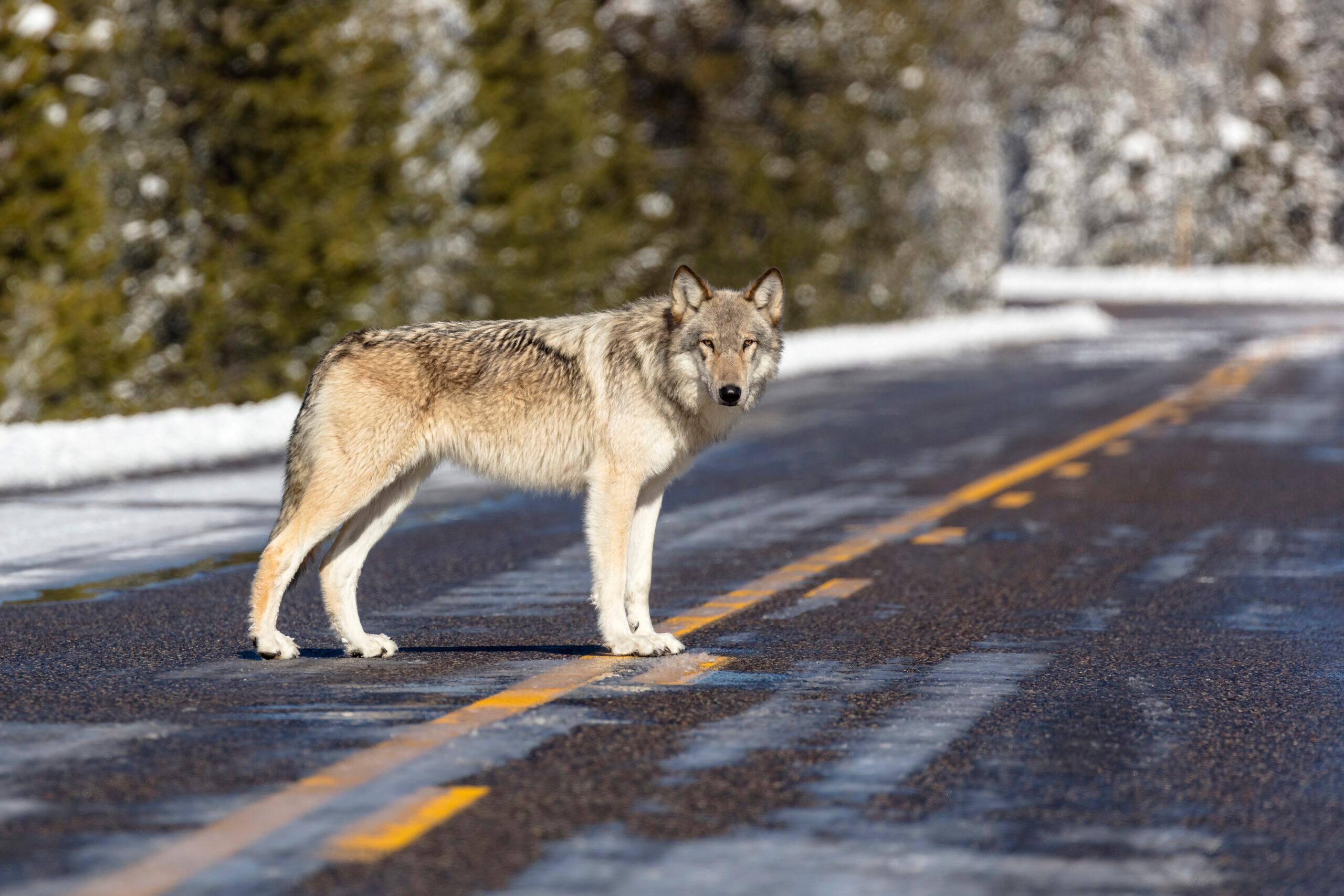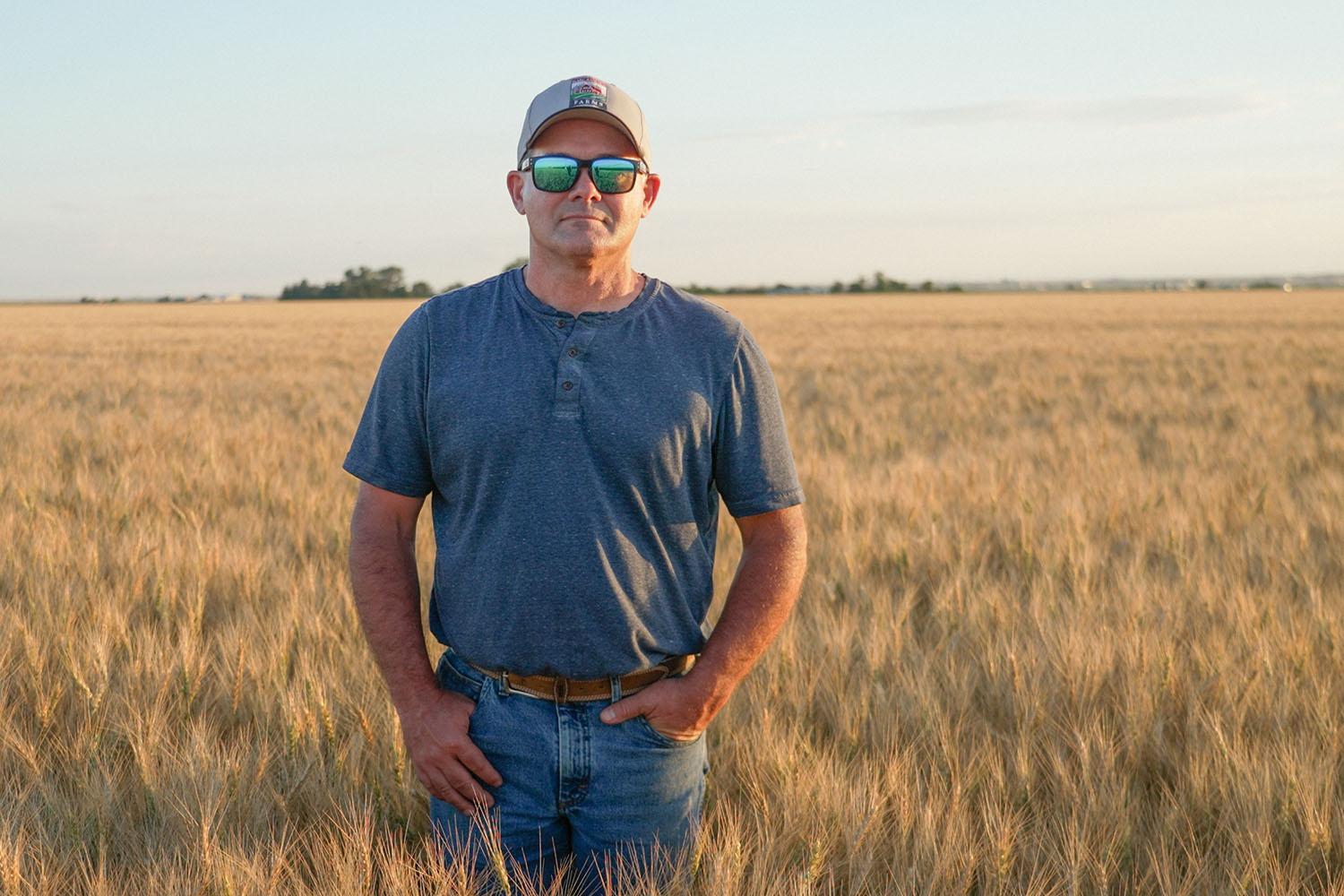
Marc Arnusch is a full-time farmer and part-time policy wonk.
As president of Marc Arnusch Farms in Weld County, he’s followed numerous farm bills through Congress for over the past 20 years, through work he did through groups like the Colorado Farm Bureau, the Colorado Corn Growers Association and the Sugar Beet Growers.
“I watch that process fairly closely,” he said. “The farm bill is easily the largest piece of legislation that'll affect farms and ranches across the country.”
The bill is meant to set national agriculture and food policy for five-year periods, requiring lawmakers to regularly revisit and update its many elements. The last one passed was in 2018, with a 2023 expiration date. But as negotiations stalled in Congress last year, lawmakers agreed to a one-year extension that ends September 30, 2024.
Speaking from his office in Prospect Valley, Arnusch said he’s not surprised that neither chamber has passed a new farm bill, making another extension of the 2018 farm bill increasingly likely.
“It was a little bit of disappointment. We were hoping that we could get the farm bill passed before the political wheels of a presidential election,” he said. “There's very little within my farm today that was the same as in 2018. Whether it was the cost of production, input prices, commodity prices, even the way we manage our farm has changed significantly since 2018. National ag policy needs to evolve with our evolving farms.”
During the pandemic, prices for crops went up, but so did the costs. And while crop prices have since dropped, the costs to run a farm have not.
It’s something you hear from a lot of farmers across Colorado.
Danny Wood is a dry land farmer in Peetz, near the Nebraska border. While some lawmakers in D.C. understand the pressure farmers are under, he doesn’t think most do.
“We're in a crisis at the moment. We need some help at the moment, and anything they do seems to take a year or two to come into effect,” he said. This summer’s drought means his acres and acres of corn and milo won’t amount to much this year, which is why crop insurance and the federal subsidy to cover it are so important to him.
In his eyes, the fact that Congress left for a six-week recess with the farm bill still in limbo speaks volumes about where this falls in lawmakers’ list of priorities.
“It seems to me like that that puts a message out to me that it's not that important to them. They figure, well, they'll still be there when we come back next year. Well, not all the farmers are going to be here next year,” he said.
Prospect Valley’s Arnusch said he wants to see a “truly negotiated” farm bill — one that’s bipartisan like in the past. But he worries the climate in Washington has just gotten too political.
“Today it feels like — for the very first time in my farming career — we have a very red farm bill and a very, very blue farm bill, and there's an ocean apart between the two,” he said. “That comes to me as a little bit of surprise. I'm 25 to almost 30 years into my farming career and this is the first time I felt that.”
Lawmakers on both sides of the aisle want to see the safety net for farmers strengthened. But there are different approaches and different trade-offs. Republicans want to offset that bigger safety net with cuts to food aid and conservation programs, the very policy areas that Democrats want to see strengthened.
And the upcoming election isn’t helping either, as both sides wait to see if the outcome in November boosts their negotiating position.
“Both sides are going to want to try and get (the farm bill) down the road so that they can get it the way they want it,” explained Chad Franke, president of the Rocky Mountain Farmers Union. The group has members in Colorado, Wyoming and New Mexico. “But the farmers and the people who consume that food deserve some stability.”
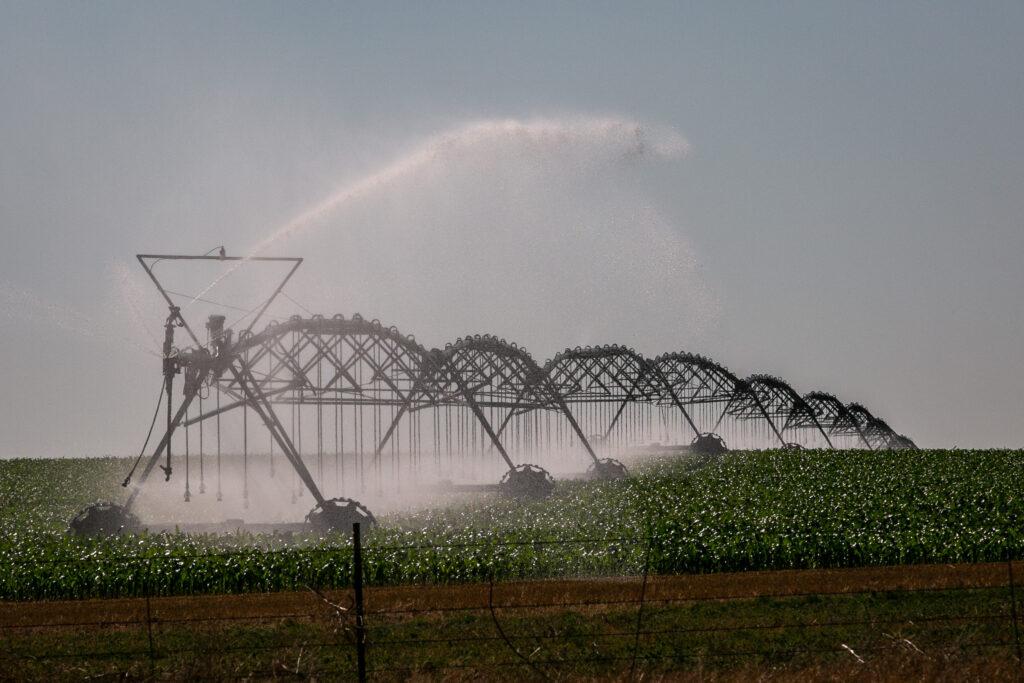
As Ashley House with the Colorado Farm Bureau points out, while a one-year extension would keep many programs running, needed changes can only happen with a new farm bill. Things like updated reference prices for price loss coverage and agriculture risk coverage programs, increased funding for ag research and funding protections for conservation programs are on hold until Congress reaches an agreement.
“(China) spends more than $10 billion a year on agricultural research and so that’s twice what we’re spending in the United States right now,” she explained. “Without passing a new (farm bill), we’re not able to allocate those dollars to renew that commitment to agricultural research.”
And it’s not just farmers and ranchers watching the congressional inaction with frustration. The farm bill also includes important nutrition programs like SNAP, formerly known as food stamps, and The Emergency Food Assistance Program, or TEFAP, which helps supply food banks around the country. The nutrition title is the most expensive part of the bill.
Sarah Mason with Feeding Colorado says food banks have seen more people needing their help, especially as pandemic-era SNAP benefits ended and grocery prices have risen sharply.
“The biggest impact of a delayed farm bill is that we're not going to be able to make progress on that increased need that we're seeing in communities. So, we're operating in a very different environment right now than we were six years ago,” she said.
For example, TEFAP provides a lot of food for food banks, but when that support goes down, organizations have to purchase supplies directly to stock their shelves. Erin Pulling, head of Food Bank of the Rockies, says that historically they bought about 10 percent of their food supply. In the last few years that portion has tripled.
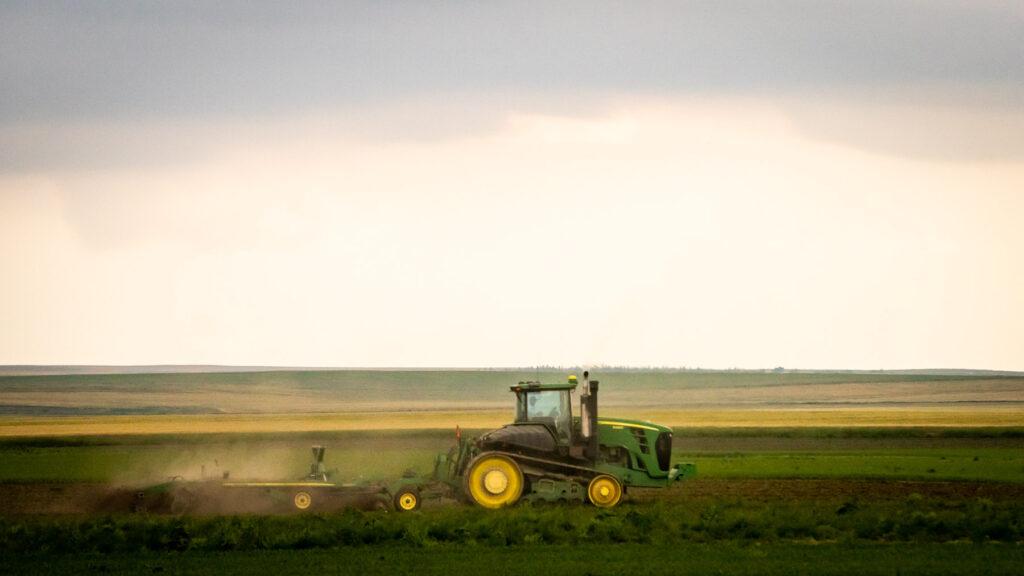
“We used to spend a few million dollars a year on food. This year we will spend more than $14 million. Last year was even more than that,” Pulling said.
Lawmakers on Capitol Hill are well aware of the time crunch to get something done. Colorado Sen. Michael Bennet, who serves on the Agriculture committee, said farmers need certainty. Talking before he left for the August recess, Bennet was hopeful that some work might get done while they were away
“I hope very much that when we come back in September — that we keep talking between now and then — (and) we make progress in September, and then try to get it done in the lame duck. I was glad when we extended it, but it is no replacement for a five-year farm bill,” he said.
The House passed a farm bill out of committee earlier in the year, largely along party lines, but it hasn’t been brought to the floor for a vote. The Senate hasn’t actually written its version of the bill yet, as negotiations have broken down.
“(What) we're trying to do is negotiate and get more farm in the farm bill,” said Senate Agriculture Committee Ranking Member John Boozman of Arkansas. He complained that Republicans’ efforts are not getting any acknowledgement from “the other side.”
For her part, Chair Debbie Stabenow of Michigan blamed Republicans for the lack of progress. She said before the recess that she’s ready to get the bill done, but “doesn’t have a serious partner in the Senate wanting to negotiate it.”
This is the third farm bill Stabenow has led on and she said there are always tough issues. “But my goal is to make sure we're supporting every part of agriculture and every part of the country. Forestry issues… tackling wildfires, droughts, other things. So I'm interested in a broad bill, not one that just helps certain farmers.”
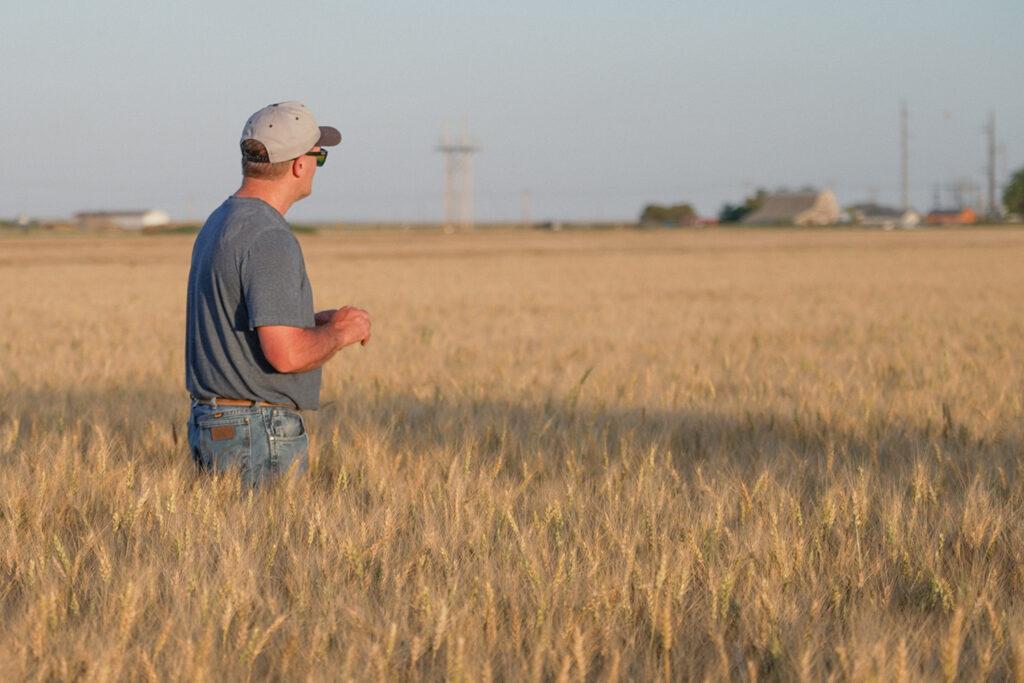
Stabenow, who is retiring at the end of the year, hopes the pressure of dwindling time will cut the logjam and get a bill done after the elections and before the new Congress.
But starting all over on the new farm bill in the 119th Congress is a real possibility.
It’s something that Lauren Kelso with the small urban farm, Growing Gardens in Boulder, worries about.
“I think having to start these conversations over again after the years of work that has been put in, if we do with a whole new group of people, is a real concern,” she said. “It just slows progress exponentially every time we have to start these conversations over again.







